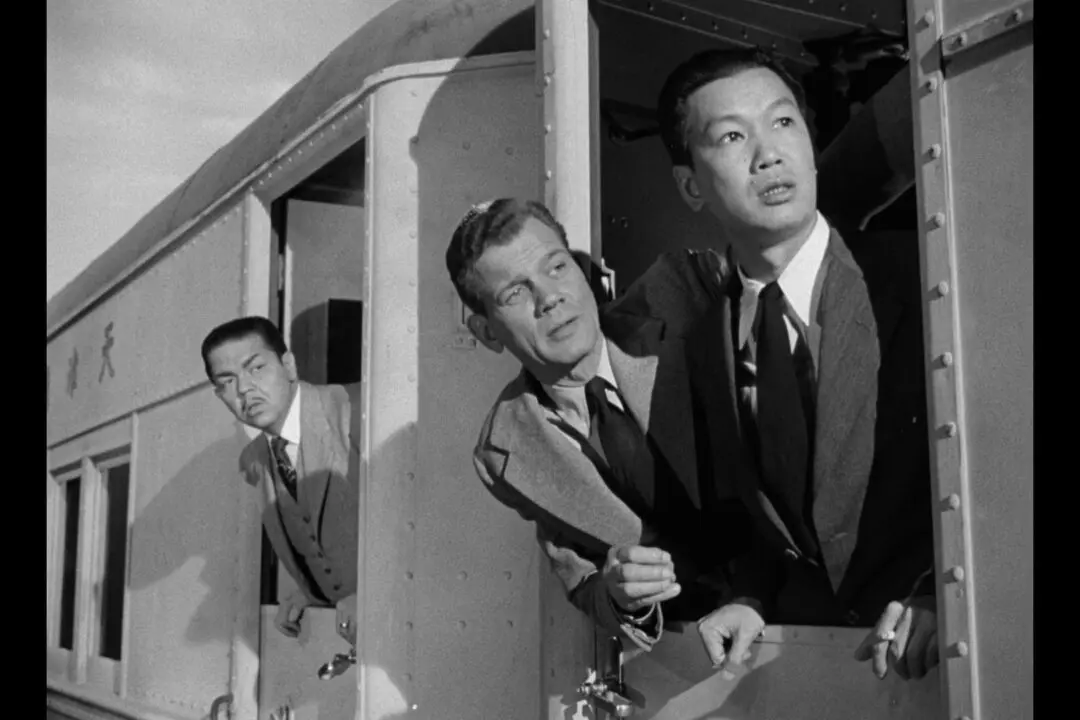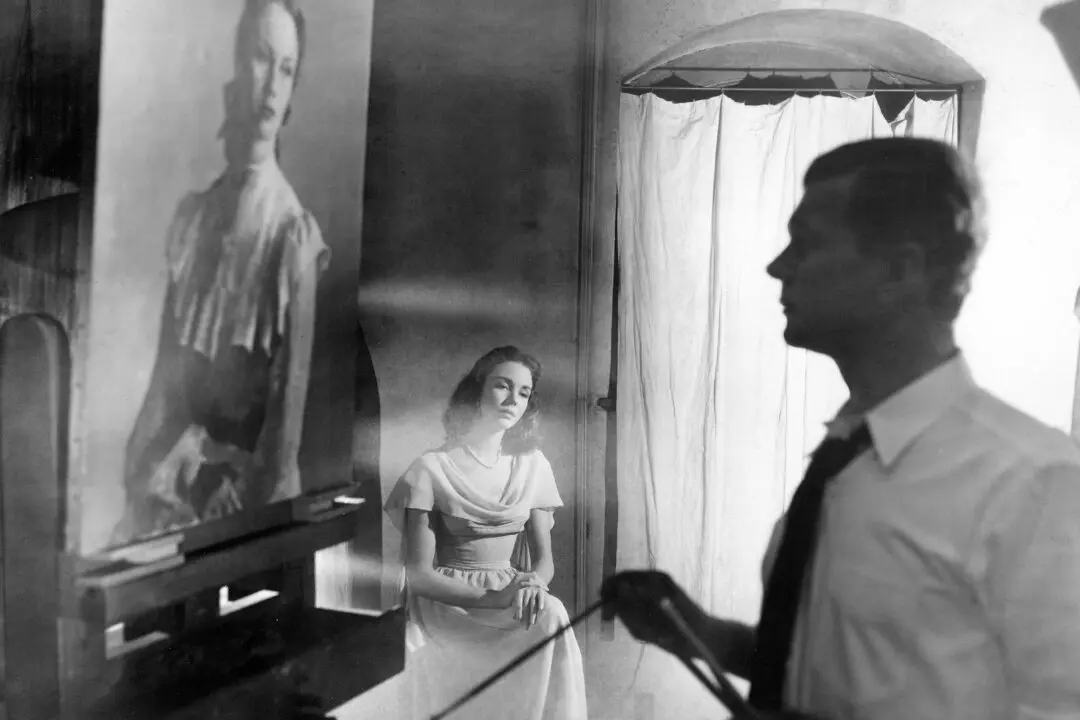NR | 1 h 50 min | Drama | 1945
Few films portray truth’s triumph over falsehood as well as screenwriter-director Albert Lewin’s film does. Based on Oscar Wilde’s novel of the same name, the fairytale-like narrative of “The Picture of Dorian Gray” critiques narcissism enshrined in falsehood: a seemingly unchanging life of virtue in public, but a hidden life of vice in private.




